If you are a clarinetist looking to improve your multiphonic skills — I teach a course on improving tone, register control and embouchure flexibility using multiphonics as the basis on tonebase (where — full disclosure — I’m also head of clarinet). You can try the course and tonebase clarinet with a 14-day free trial (and if you do, please do join the community forum and come say hello!).
I think it’s useful, if you’re a composer, to make use of the fragile qualities of multiphonics. Some of them don’t that well as chords that sound together, but as a composer you can take advantage of this, and make use of these emergent multiphonics. This simultaneously has the added bonus of making your clarinetist look like they know what they’re doing: one pitch gracefully becomes two or three, rather than a chaotic huffing-and-puffing desperation to have the two pitches sound together.
I wanted to come up with a nice list of some multiphonics that do this effectively, and to find ones that start on as many pitches as possible. I’m going to ignore pitches below B3 (because you need to use spectral multiphonics for those, that’s your only option) and this first part covers the pitches up to and including B4. This list will by no means be conclusive, the vast majority of multiphonics have some ability to do this, it’s really just a sample. I’ve also tried to pick ones that do this quite easily, but if you’re just looking for easy multiphonics, check this out.
A few things: the starting pitch can be held as long as is reasonable for breathing, but I’ve only held them for a second or so in the recordings. The top notes can be quite fragile – the higher the top note, the more fragile it tends to be. Listen to the recordings: they should make the colour of the sound obvious.
Some of these multiphonic fingerings can produce multiple second pitches, so I’ve included them wherever possible. Recordings should add further clarity.
This post is a kind of extended variation of stuff I wrote about for The Sampler a few years ago.
As usual these are written pitches, not sounding! And I recommend a pair of headphones, or the bottom pitches, particularly in the lower registers, can be difficult to hear.
| Pitch Option 1 | Fingering | Option 2 | Fingering | Recording |
 |
 |
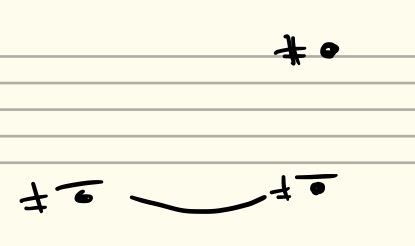 |
 |
|
 |
 |
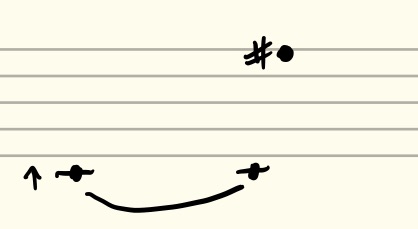 |
 |
|
 |
 |
|||
 |
 |
|||
 |
 |
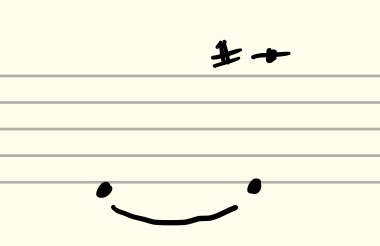 |
 |
|
 |
 |
|||
 |
 |
 |
 |
|
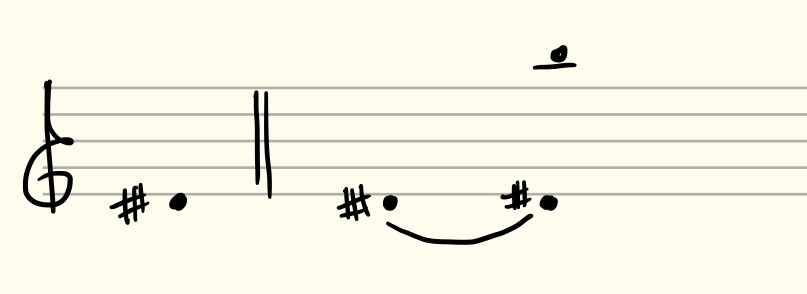 |
 |
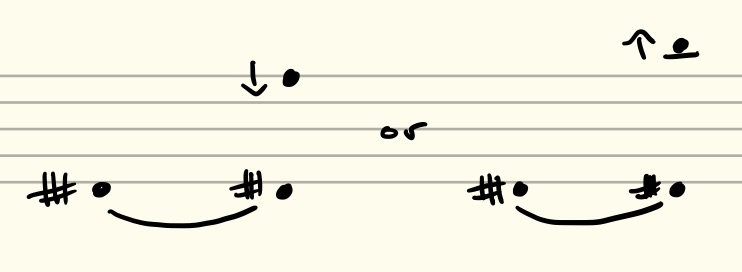 |
 |
|
 |
 |
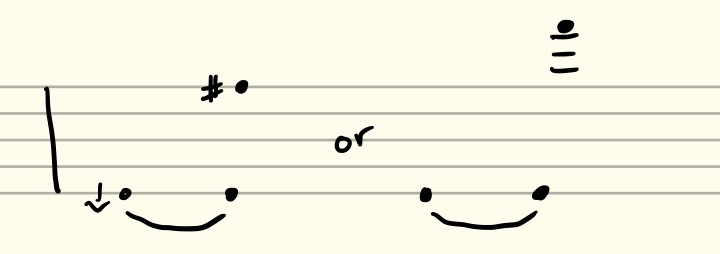 |
 |
|
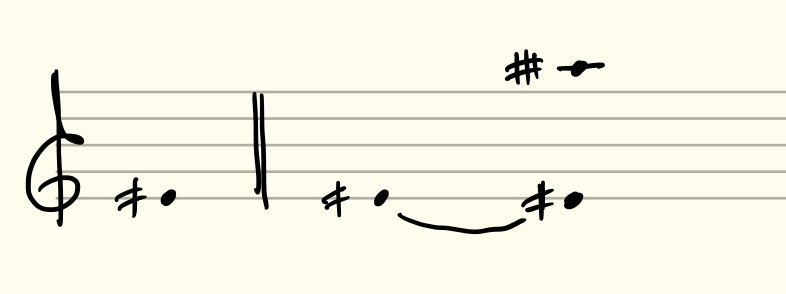 |
 |
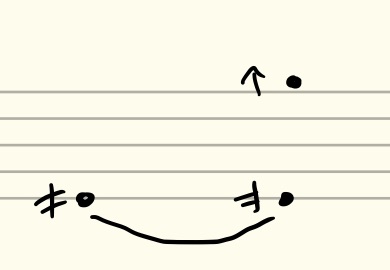 |
 |
|
 |
 |
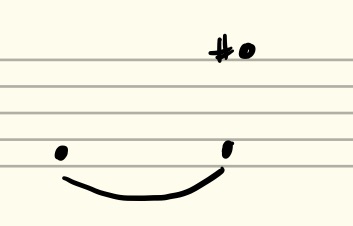 |
 |
|
 |
 |
 |
 |
|
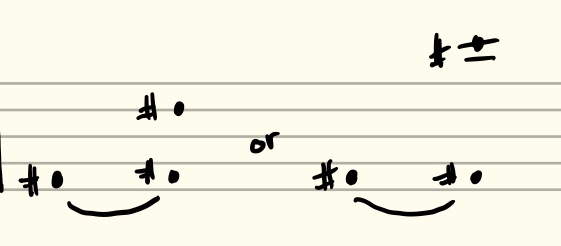 |
 |
|||
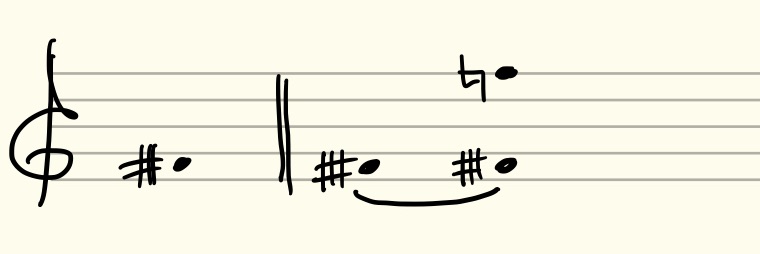 |
 |
 |
 |
|
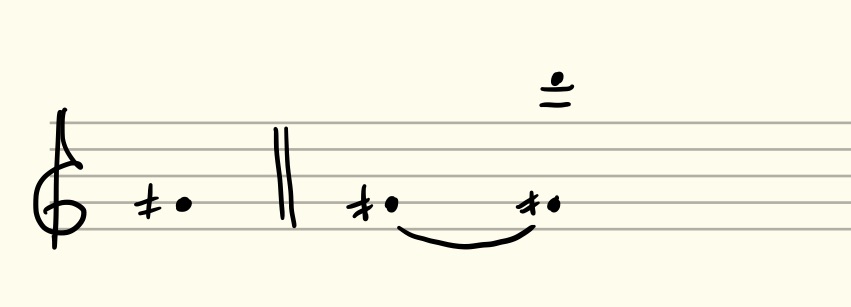 |
 |
 |
 |
|
 |
 |
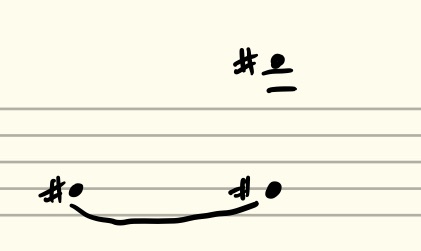 |
 |
|
 |
 |
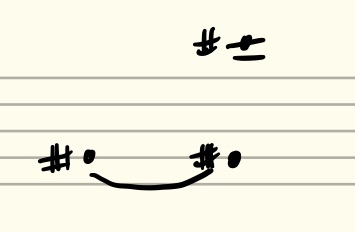 |
 |
|
 |
 |
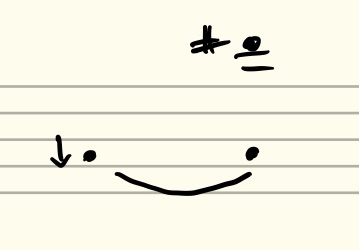 |
 |
|
 |
 |
|||
 |
 |
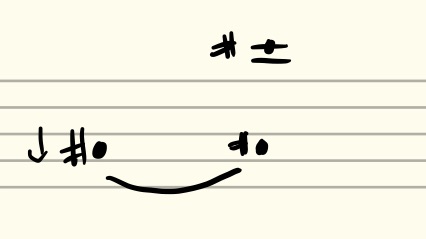 |
 |
|
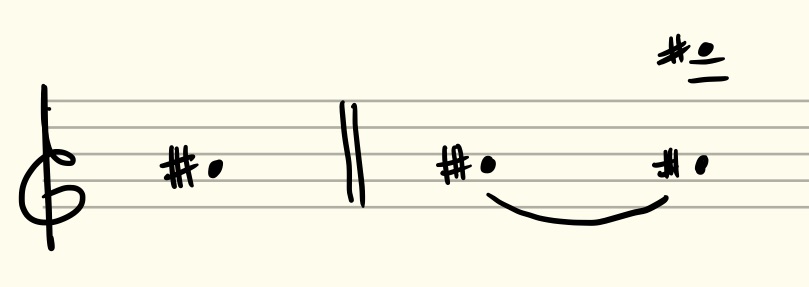 |
 |
|||
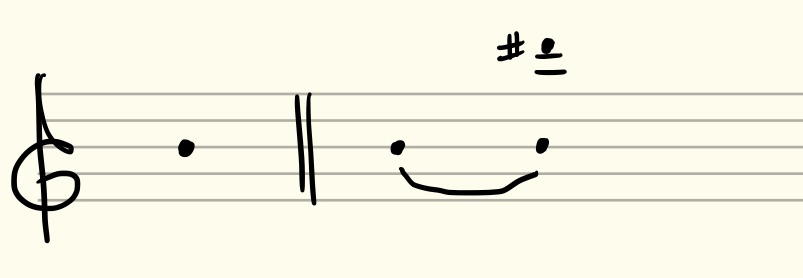 |
 |
 |
 |
|
 |
 |
 |
 |




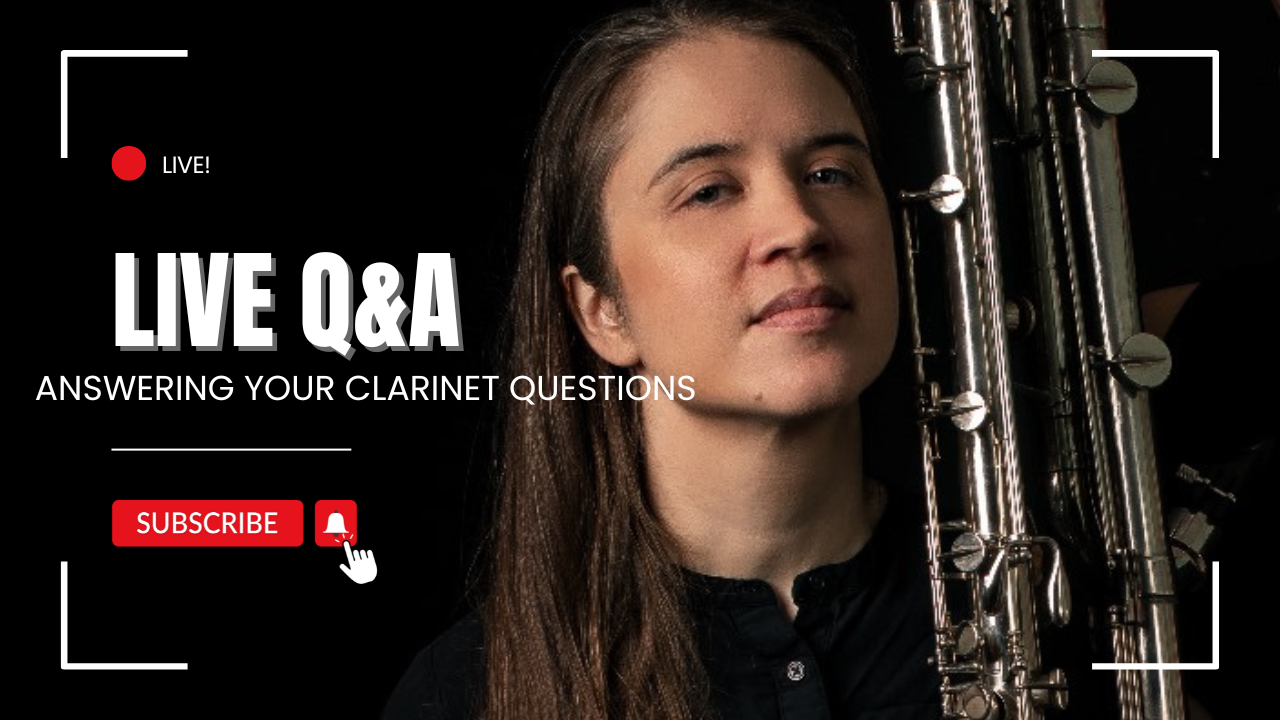
Leave a Reply to heatherroche Cancel reply